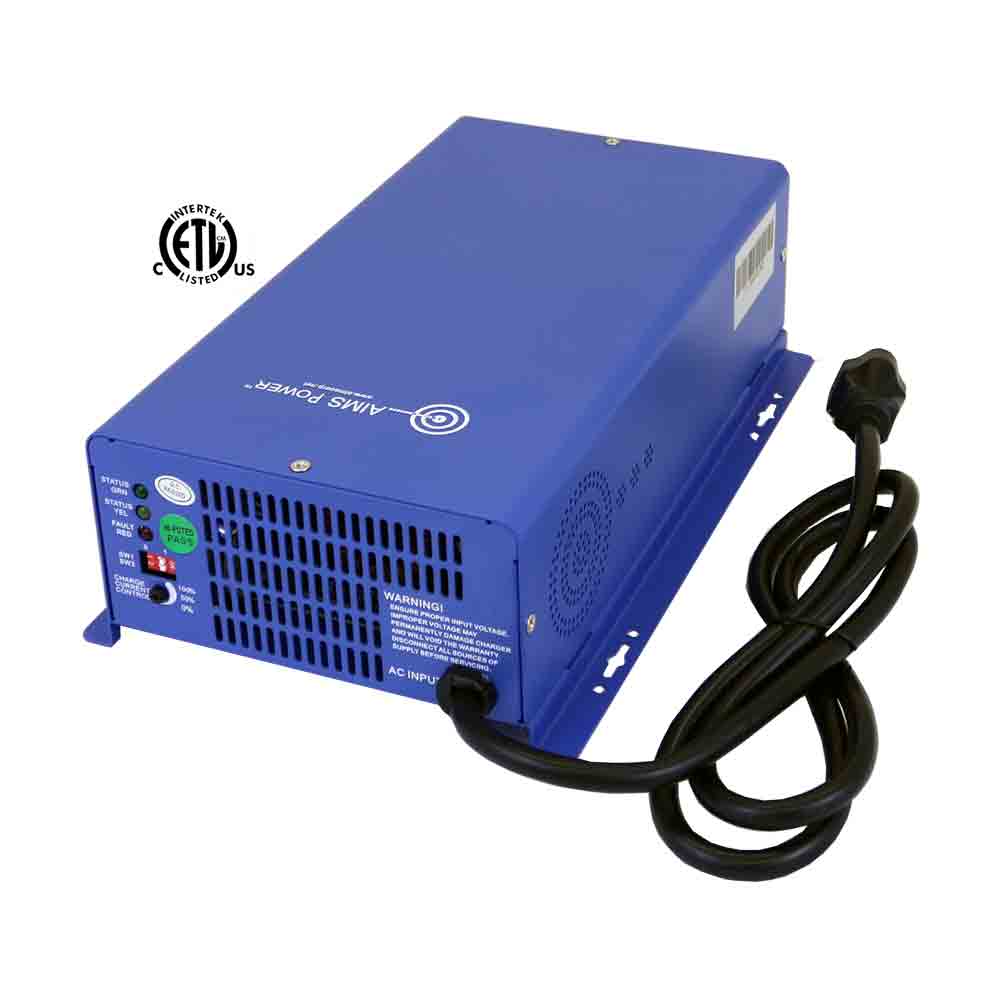Hello!
I'm adding a 12V system to my van, and the best choice appears to be the 280Ah lifepo4 DIY batteries.
Realistically, I only need about 20 to 30Ah at the moment - a fan, some lights, a diesel heater. Down the road, maybe a year or two, I'll be adding higher-draw items such as a fridge or cooler, coffee pot, etc. There will also be many days on which I don't use any power at all.
Is there a downside to having so much excess capacity? If I'm discharging only a tiny bit, and then recharging, is this bad for LFPs? Anything else I should consider?
Many thanks!
I'm adding a 12V system to my van, and the best choice appears to be the 280Ah lifepo4 DIY batteries.
Realistically, I only need about 20 to 30Ah at the moment - a fan, some lights, a diesel heater. Down the road, maybe a year or two, I'll be adding higher-draw items such as a fridge or cooler, coffee pot, etc. There will also be many days on which I don't use any power at all.
Is there a downside to having so much excess capacity? If I'm discharging only a tiny bit, and then recharging, is this bad for LFPs? Anything else I should consider?
Many thanks!




